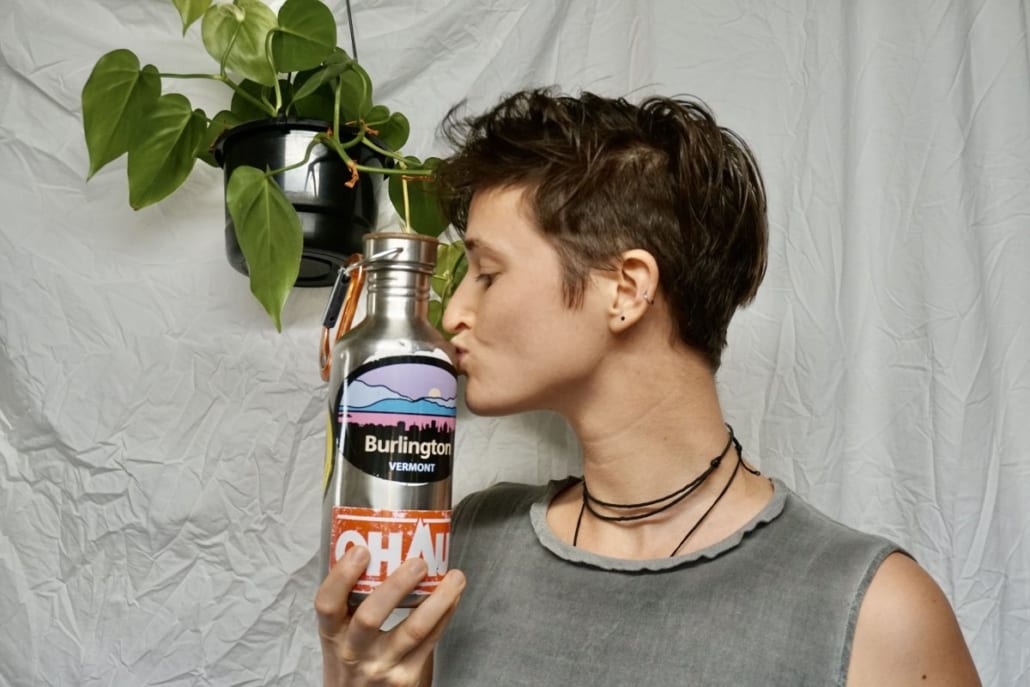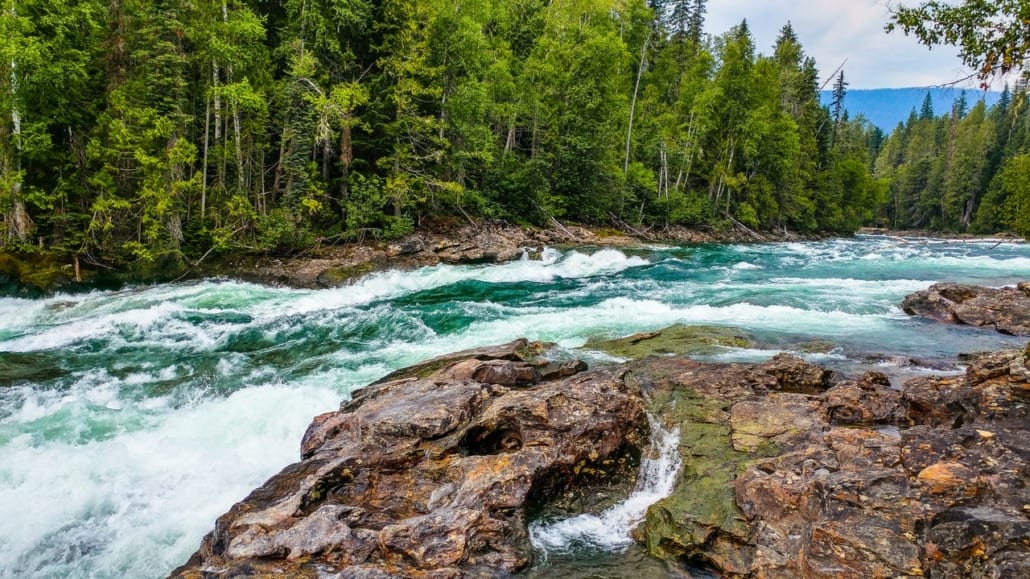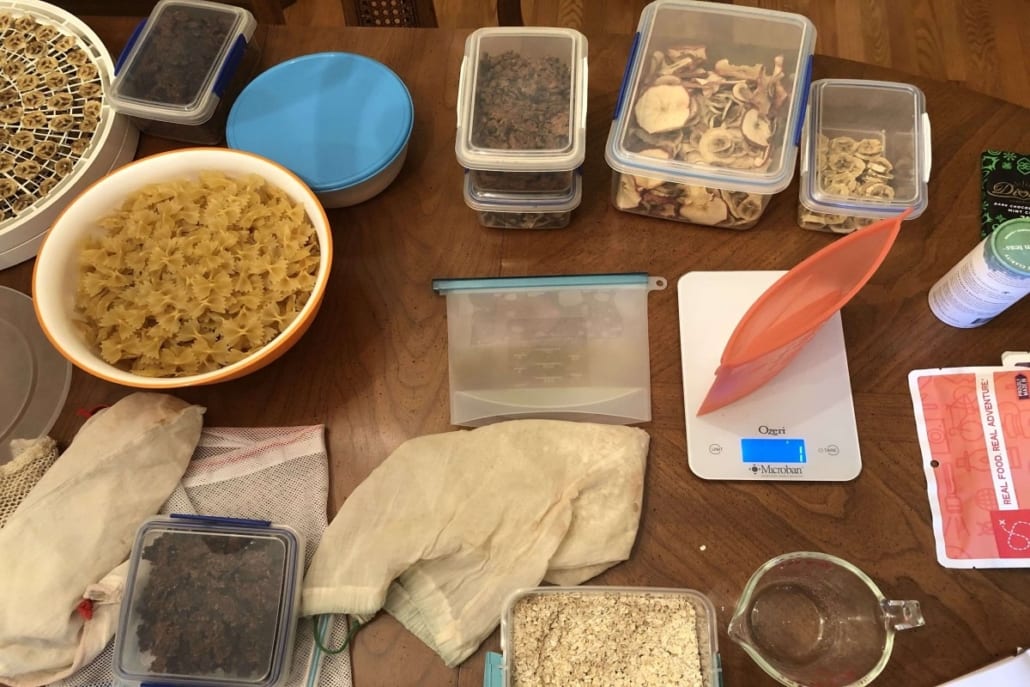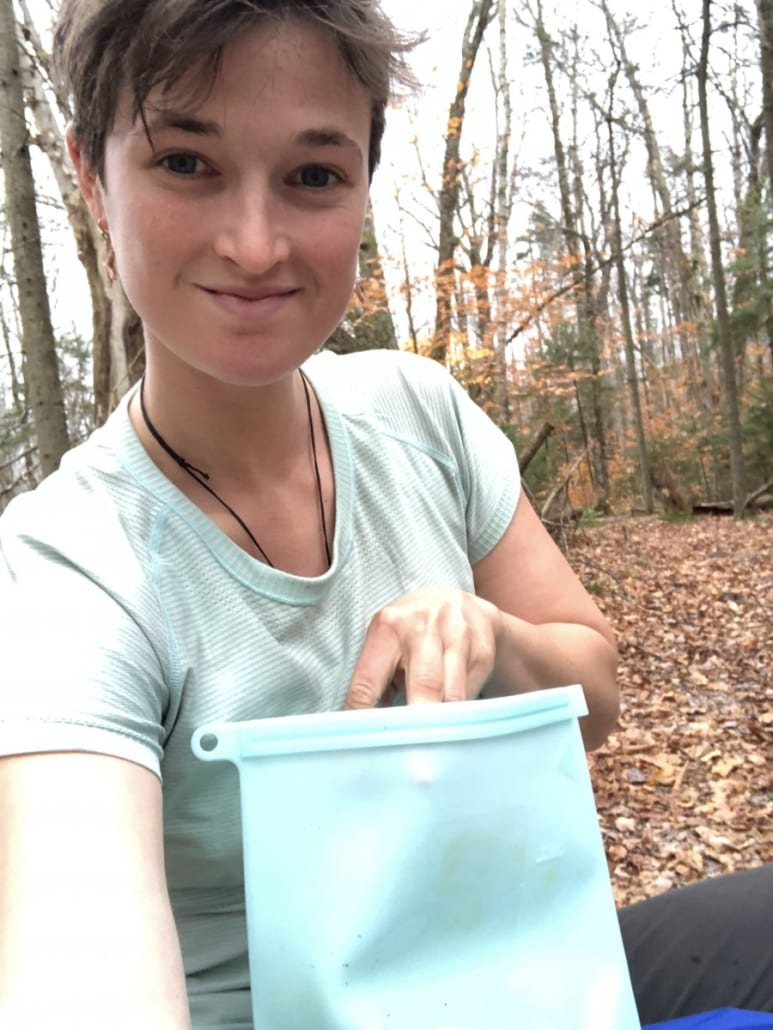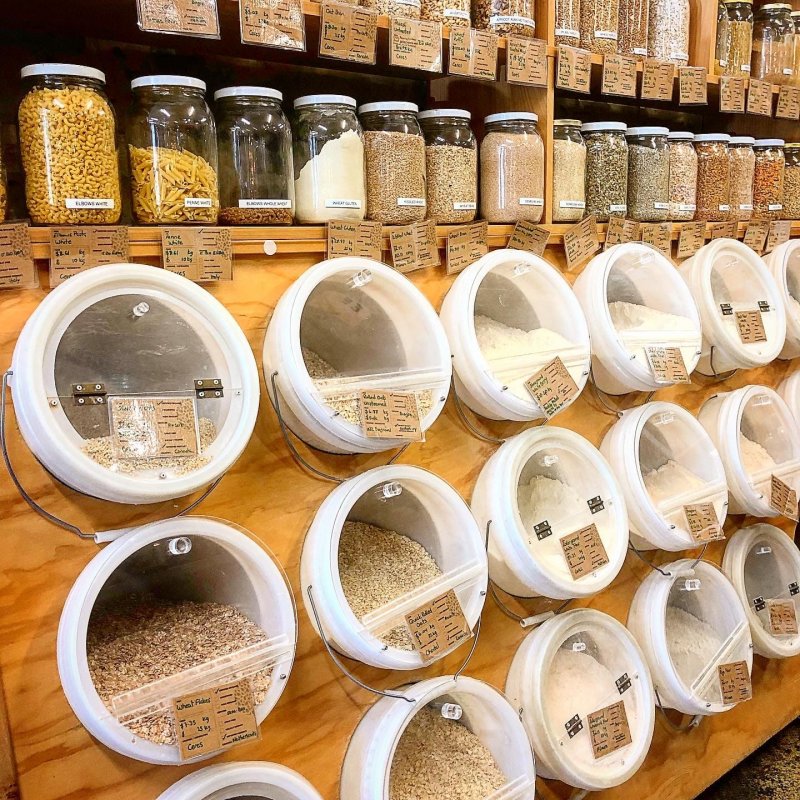The good news for those of us interested in sustainable travel solutions? Backpacking can be one of the most eco-friendly ways to explore. But as cool as it would be, you can’t backpack across the ocean.
Even if you’re looking to explore far off places by foot, the modes of travel required to get there can take their own toll on the environment. If you’re trying to find eco-friendly travel solutions, you’ll be looking for green, low-carbon, safe options.
Fortunately, the digital transformation of travel technology is making all this possible. From self-driving electric cars to carbon calculators, you can explore and understand the impact of new modes of travel that get you out into nature without hurting it. Here’s what you should know.
Sustainable Travel Solutions with Tech
Sustainable travel and climate change are increasing as the top concerns of many travelers. With one TravelTechnology survey revealing that 45% of travelers put one or both of these issues just behind economic conditions as their key travel hesitations, the need for green solutions is pressing.
Now, as travelers seek to emerge from the COVID-19 pandemic into a world still wracked by climate crises, the availability of tech solutions is more important than ever. From smartphone applications that can help you make more eco-friendly decisions to smarter vehicles, you can travel without producing nearly as much carbon emissions.
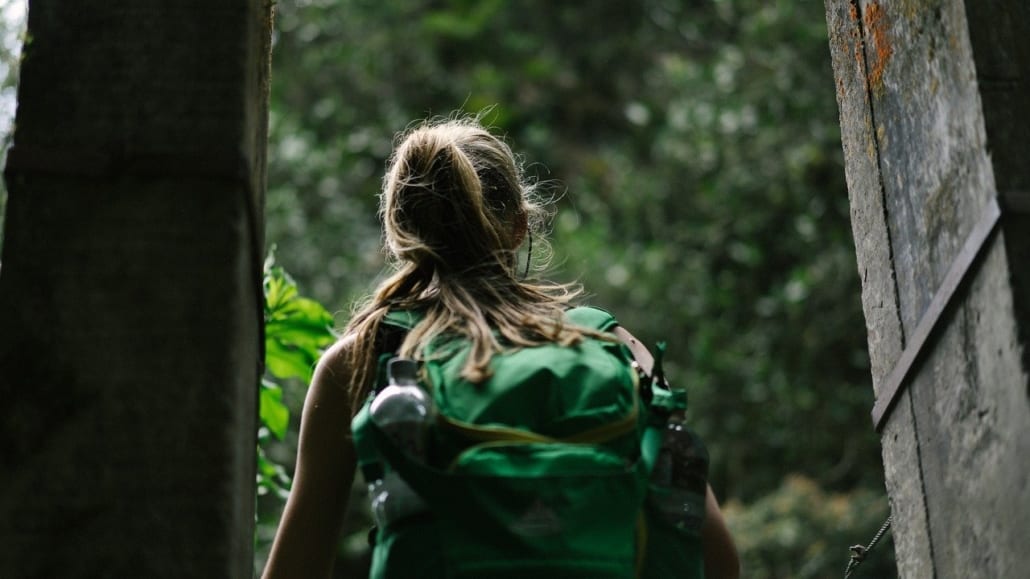
Use technology to help in your quest for sustainable travel solutions
Advancing technology and travel are joining hands to make this possible. As 5G wireless networks go up across the world, the amount of data and insights that abound on the web mean the average person has enough information and flexibility to make sustainable travel decisions on the fly.
World industries are increasingly recognizing the importance of sustainability; digital solutions can help guide you to the most eco-conscious modes of travel, flights, hotels, tour operators, restaurants, and more.
For any backpacking adventure, finding and integrating these green solutions can help elevate your trip not only in terms of sustainable travel solutions but in fun, ease, and convenience. Assuage your travel guilt by taking advantage of the many tech solutions available with a touch of a finger.
The Digital Solutions for Eco-Friendly Travel
There are plenty of platforms out there to help you travel cleanly and safely. From vehicles to apps, software-as-a-service to rideshare, the digital world is transforming travel by helping you cut down on carbon emissions
As technology rapidly advances to accommodate the environmentally-conscious traveler, these are the digital solutions you should keep in mind:
Driverless Vehicles
Going on a backpacking trip to a remote locale often means seeking out the cheapest and most sustainable form of transportation. In the U.S., this is typically by a bus like Greyhound that can take you from place to place in a cheap and eco-friendly manner.
However, advancements in digital technology are rapidly making it possible for you to travel sustainably in a car without even driving.
Driverless vehicles are the future. From Tesla’s popular Autopilot feature to the work being done by companies like Amazon to develop driverless trucking technology, a world of driverless vehicles is much closer than you might think. The results will be a safer, greener world.
While you can already access rideshare services that can help with sustainable travel solutions for all of your trips, companies like Uber are working on driverless cars that you can summon as needed. This will add a level of convenience to your trip, and the best part is that almost all the driverless vehicles being developed are fully electric, meaning zero carbon emissions.
Next time you access Uber or Lyft to find a community carpool, imagine a future in which you can summon a driverless electric vehicle to help you make the same trip.
Eco-Tourism Apps
While fully driverless cars might still be years or even decades away, there are a host of applications you can access from your smartphone to help you right now in your quest for eco-friendly travel. Here are just a few examples of the kinds of apps that you can use to access all kinds of eco-friendly services:
- EatWith: lets you find locals who want to share their local food
- Expedia: includes sustainability practices for the hotels in its database
- Cabmix: allows you to carpool taxis
- HopStop: recommends bike and walking paths as well as bus stops and public transit info
- Locavore: guides you to local produce markets for fresh, in-season eats
There are plenty more options out there for finding everything from eco-friendly flights to hostels that use sustainable bedding and toiletries. Explore a world of digital solutions all from the comfort of the App Store or Google Play.
Carbon and Solar Calculators
Getting as close to zero-waste backpacking as possible requires exploring all your methods for sustainable travel solutions. Fortunately, carbon footprint calculators can help make your energy use and output easy to understand. By harnessing energy independence through calculators like these, you can make the best possible decisions for eco-friendly travel.
For example, there are all kinds of free carbon footprint calculators that can help you gauge just how sustainable your plane’s flight, bus ride, or housing situation really is. With the help of apps like those mentioned before, you can pair your sustainable travel efforts with added insights via a carbon calculator.
Eco-friendly travel requires insight and preparation. Make use of all the knowledge available in the digital world and check it against the carbon footprint calculator. As a result, you can effectively cut your carbon footprint for your backpacking trip to an absolute minimum.

